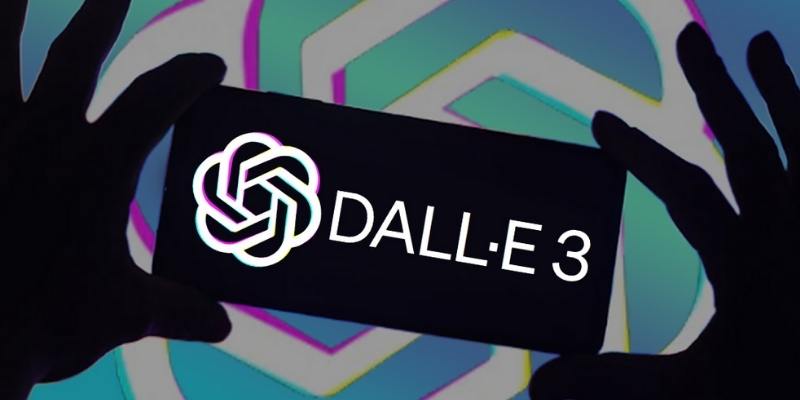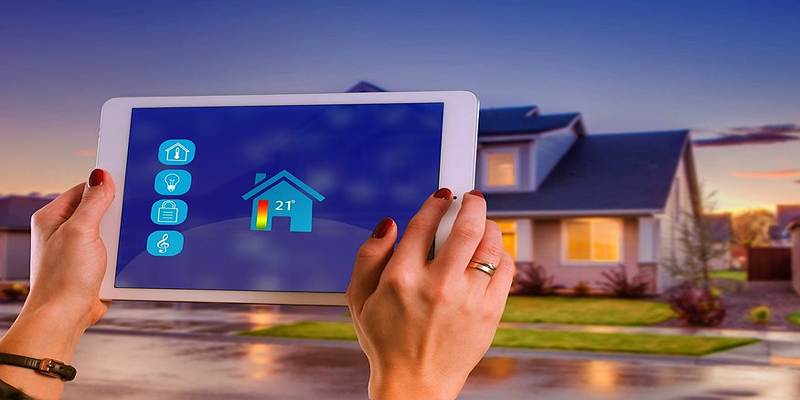OpenAI's latest innovation, the o3 models, marks a significant leap in AI development, sparking widespread excitement. Designed to enhance efficiency and expand AI applications, these models push the boundaries of machine learning capabilities. Faster processing and improved language understanding represent major advancements. This launch underscores OpenAI's ongoing commitment to refining its technology and delivering smarter, more adaptable, and efficient AI systems for broader real-world use.
This article will dive deep into the o3 models. Their improvements upon previous models are crucial, as this may determine future real-world impact. Whether a developer, researcher or someone in general who is intrigued by the latest technologies, grasping the spectrum of these models is of huge importance.
Understanding the New o3 Models
The core of the latest announcement by OpenAI is the improved architecture of the o3 models. Compared to earlier iterations, these models boast enhanced processing capabilities and a reduced computational load. This means that they can handle larger datasets more efficiently without compromising on accuracy. By streamlining information processing through its models, OpenAI has been able to make models not only speedier but more resource-efficient, a salient aspect, especially in today's world, with AI applications demanding the highest computing capacity.
One notable improvement is in the models' ability to generate more coherent and contextually appropriate responses. Although previous versions were impressive—perhaps the most impressive- I remember, along with interactions with younger children, difficulties in maintaining context over extended text. Fine-tuning the o3 models has helped improve the nuance in understanding language, thus producing more accurate, contextually relevant outputs across a wide range of conditions. This makes them ideal for all ranges of applications, from advanced customer service chatbots to complex data analysis tools.
Another significant strength of the models lies in their flexibility. They are now trained on a more expansive and diversified dataset, which enables them to run more fluently across industries and applications. In terms of the natural language model, the o3 model possesses the capacity for image recognition or predictive analytics, making it competent in all varieties of applications.
Key Features and Improvements
The o3 models bring a host of cutting-edge features designed to enhance AI performance, efficiency, and adaptability across various domains.
Efficiency and Resource Optimization

The o3 models are engineered for greater efficiency, requiring significantly fewer computational resources than their predecessors. This reduction in resource consumption lowers operational costs and makes advanced AI accessible to smaller businesses. By optimizing performance without sacrificing speed or accuracy, the o3 models enable scalable AI deployment for organizations with limited technical infrastructure, enhancing widespread adoption.
Enhanced Language Processing and Contextual Accuracy
OpenAI’s o3 models demonstrate superior language understanding and contextual accuracy. They excel at maintaining context in long interactions, a common limitation of earlier models. This improvement makes them highly effective for applications like virtual assistants, chatbots, and content creation tools. The models deliver more coherent, relevant, and human-like responses, improving AI-driven communication across various platforms.
Adaptability to Industry-Specific Applications
The o3 models are highly adaptable and capable of serving diverse industry needs with minimal fine-tuning. Their training on vast, varied datasets allows them to handle specialized tasks in sectors such as healthcare, finance, and law. This versatility reduces the development time for custom AI solutions, enabling businesses to deploy tailored applications quickly and efficiently.
Improved Multilingual Capabilities
With enhanced multilingual support, the o3 models can fluently process and generate content in multiple languages. This feature allows businesses to deliver localized services, handle real-time translations, and engage global audiences more effectively. By eliminating the need for separate language-specific models, the o3 models simplify global operations, promoting seamless communication across different linguistic markets.
Ethical AI and Bias Reduction

OpenAI has prioritized ethical AI by incorporating advanced content filtering and bias reduction in the o3 models. These improvements help ensure that the AI generates fair, unbiased, and accurate outputs. By addressing ethical concerns, OpenAI promotes responsible AI usage, reinforcing trust and reliability in AI-driven systems across sensitive and critical applications.
Real-World Applications and Potential Impact
The introduction of the o3 models has far-reaching implications across various sectors. In healthcare, for instance, these models can streamline administrative tasks, assist in medical research, and even enhance diagnostic processes. Their ability to process large volumes of data quickly and accurately makes them invaluable in environments where precision and speed are paramount.
In the financial sector, the o3 models can play a pivotal role in fraud detection and risk assessment. By analyzing patterns in large datasets, they can identify anomalies and flag potential risks in real time, helping financial institutions stay ahead of emerging threats. Moreover, their predictive capabilities can aid in making more informed investment decisions.
Education is another area that stands to benefit significantly from these advancements. The o3 models can be integrated into personalized learning platforms to create tailored educational experiences for students. By understanding each learner’s unique needs and pace, the models can help design courses that maximize comprehension and retention.
The potential is equally promising in the creative industries. From assisting in content generation to aiding in design and animation, these models provide tools that can help artists and creators push their boundaries. With AI handling repetitive tasks, human creativity can focus more on innovation.
As the models gain broader adoption, new applications that weren't previously feasible are likely to emerge. This cycle of innovation—where new tools enable new ideas—ensures that the impact of the o3 models will only grow over time.
Conclusion
OpenAI’s o3 models represent a significant leap in AI technology, offering enhanced efficiency, adaptability, and versatility. With improvements in contextual understanding, multilingual processing, and industry-specific fine-tuning, these models are set to revolutionize how businesses and individuals leverage AI. From healthcare to finance, education, and creative industries, their potential applications are vast. By reducing computational requirements and prioritizing ethical usage, OpenAI has crafted models that are not only powerful but also more accessible and responsible. As AI continues to shape our world, the o3 models stand out as a transformative tool driving innovation across multiple domains.





